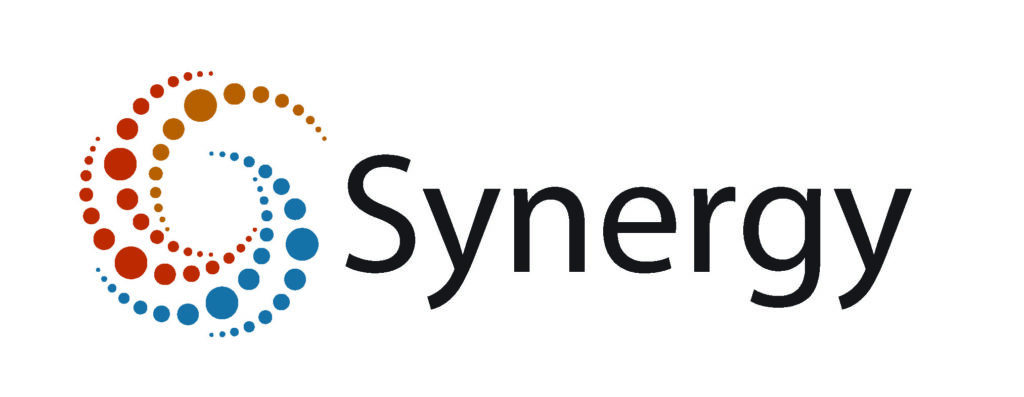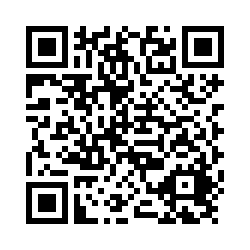Congratulations to the inaugural winners of Synergy!
Kenneth M. Hargreaves, DDS, PhD, professor and chair, Department of Endodontics, School of Dentistry. 
Project: Use of specific fatty acids as a non-addictive, non-opioid, pain therapeutics
“The Synergy funds will provide the critical resources to validate our target with new drug formulations to determine optimal efficacy for relief of pain and acceleration of healing.”

Neelam Mukherjee, PhD, assistant professor, Department of Urology, Joe R. and Teresa Lozano Long School of Medicine.
Project: Potential novel therapeutic for bladder cancer
“The Synergy funds will significantly contribute to advancing the development of nitration-resistant CCL2 as an innovative and groundbreaking treatment approach for patients suffering from bladder cancer. This novel approach also holds immense promise in revolutionizing the landscape of cancer treatment beyond the bladder cancer field.”
Gang Huang, PhD, professor, Department of Cell Systems and Anatomy, Long School of Medicine.
Project: Immune activation of cell-based therapy to treat cancer
“Funding from the Synergy award supports developing an innovative CAR-T immunotherapy that activates NK cells to treat hepatocellular carcinoma (HCC), which is highly prevalent in South Texas. This project is a collaboration between Drs. Huang and Sun labs. We aim to obtain preclinical laboratory results and move forward to clinical trials, solving the unmet need for HCC treatment regionally and internationally.”

Maria Gaczynska, PhD, associate professor, Department of Molecular Medicine, Long School of Medicine.
Project: Potential therapeutic for use in traumatic brain injury and beyond
“We developed compounds that regulate and boost the performance of proteasome, the enzyme performing critical intracellular cleaning services, which are compromised in brain neurons during neurodegenerative diseases such as Alzheimer’s disease or the aftermath of traumatic brain injury. Our compounds ameliorate deleterious effects of Alzheimer’s disease-related neurodegeneration in animal models (Science Advances, 8/23/22). Thanks to the Synergy award, a collaborative team of proteasome (Maria Gaczynska, PhD and Pawel Osmulski, PhD) and neurodegeneration (James Lechleiter, PhD) experts will use the mouse model of traumatic brain injury to test how our compounds could help to ease the effects of this devastating and incurable condition affecting millions of Americans of all ages.”



